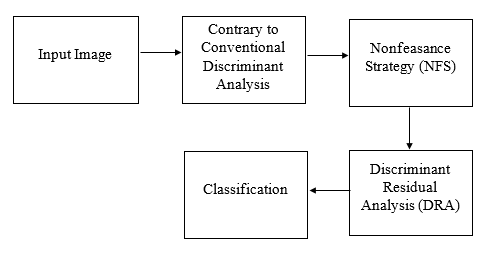- ALL COMPUTER, ELECTRONICS AND MECHANICAL COURSES AVAILABLE…. PROJECT GUIDANCE SINCE 2004. FOR FURTHER DETAILS CALL 9443117328


Projects > ELECTRONICS > 2020 > IEEE > DIGITAL IMAGE PROCESSING
Image set recognition has been widely applied in many practical problems like real-time video retrieval and image caption tasks. Due to its superior performance, it has grown into a significant topic in recent years. However, images with complicated variations, e.g., postures and human ages, are difficult to address, as these variations are continuous and gradual with respect to image appearance. Consequently, the crucial point of image set recognition is to mine the intrinsic connection or structural information from the image batches with variations. In this work, a Discriminant Residual Analysis (DRA) method is proposed to improve the classification performance by discovering discriminant features in related and unrelated groups. Specifically, DRA attempts to obtain a powerful projection which casts the residual representations into a discriminant subspace. Such a projection subspace is expected to magnify the useful information of the input space as much as possible, then the relation between the training set and the test set described by the given metric or distance will be more precise in the discriminant subspace. We also propose a nonfeasance strategy by defining another approach to construct the unrelated groups, which help to reduce furthermore the cost of sampling errors. Two regularization approaches are used to deal with the probable small sample size problem.
Discriminant Analysis on Riemannian Manifold of Gaussian Distributions (DARG)
We propose a novel discriminant residual learning algorithm for image set recognition. In contrary to conventional discriminant analysis, the new method is built on a residual space, rather than the appearance space. The interested residuals will be mined and then used to extract discriminant features. We propose NFS to redefine the unrelated groups in our framework. NFS avoids the occurrence of inappropriate samples selection when forming unrelated groups and exhibits better classification performance. The DRA method automatically learns discriminant information from the residual representation space, so it does not rely on any geometric assumptions.
BLOCK DIAGRAM
